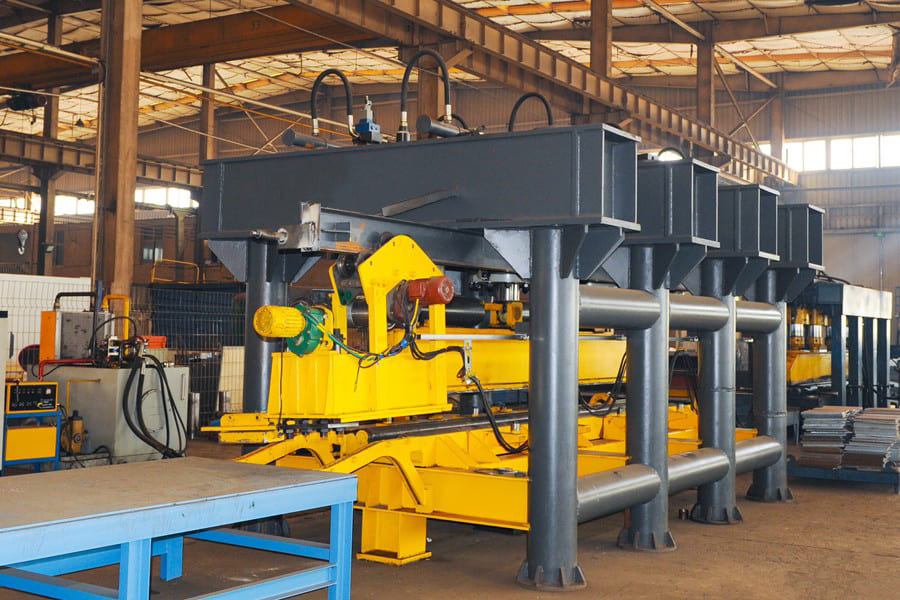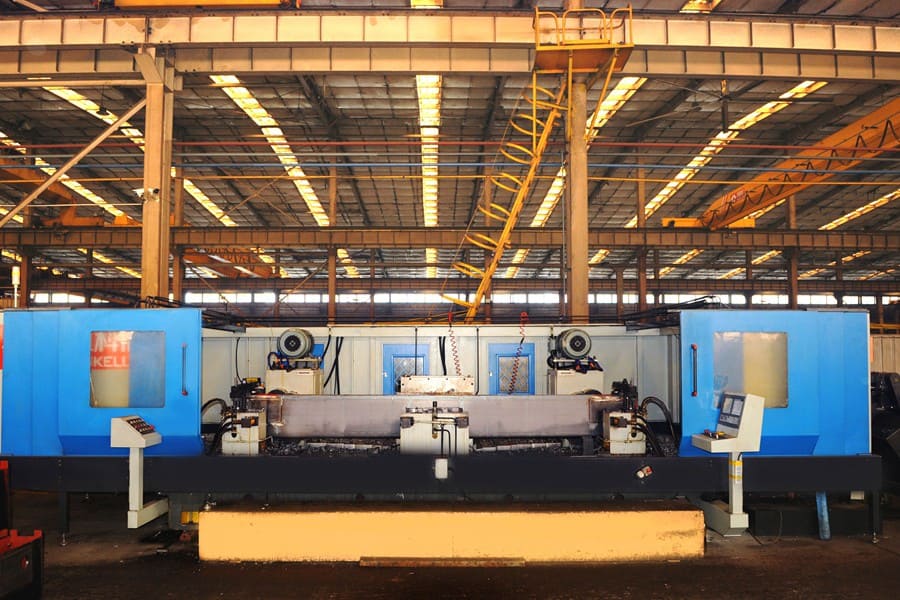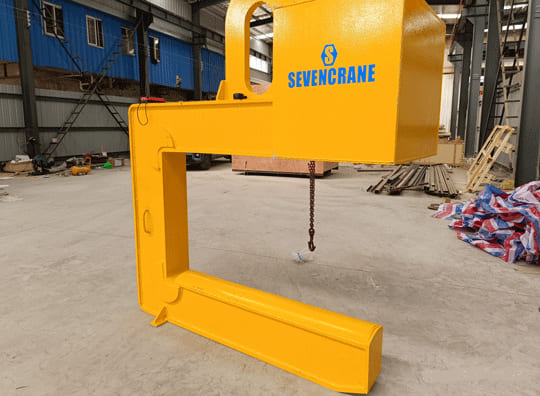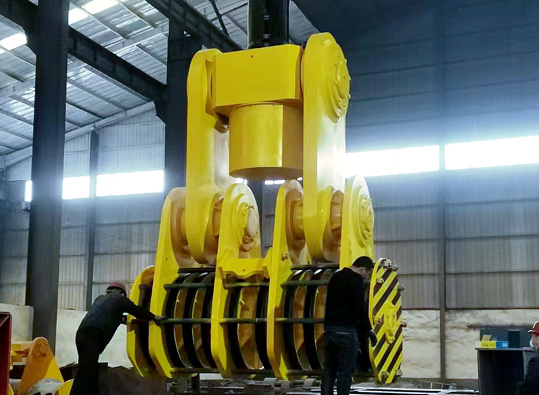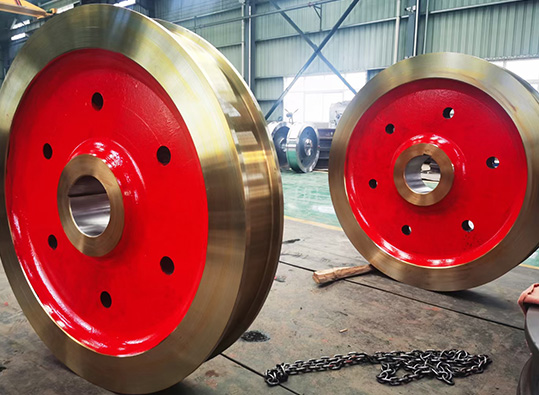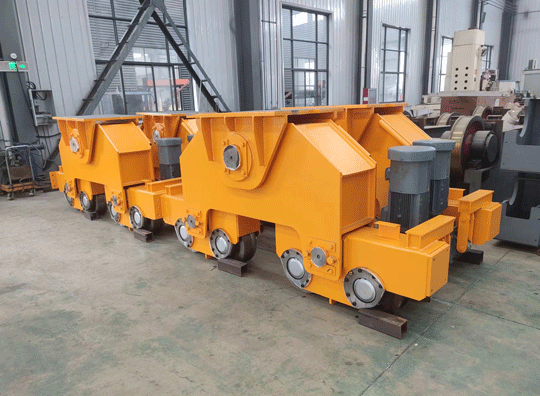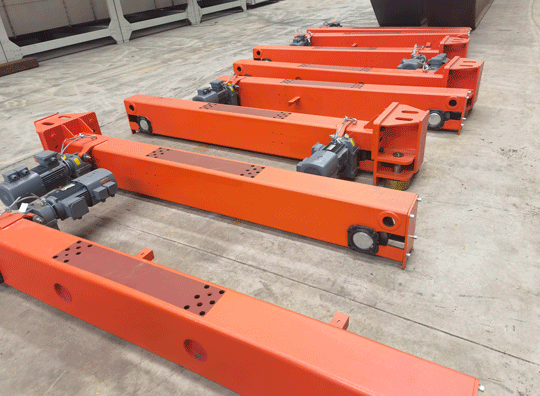Hanging beams are an indispensable component of any building structure. These supportive beams help distribute the weight of the building evenly across its foundation, ensuring its stability and durability. Here, we will discuss the 14 production steps involved in creating a hanging beam.
Step 1: The first step is to gather the raw materials required for the production of the hanging beam. These materials usually include steel or wood.
Step 2: Once the required raw materials have been gathered, the hanging beam is designed, and the measurements are taken.
Step 3: The next step involves cutting the raw materials into the desired lengths and shapes using specialized tools and equipment.
Step 4: The cut pieces are then cleaned and sanded to remove any dirt or rough edges.
Step 5: The individual pieces are then assembled and welded together to form the hanging beam’s basic structure.
Step 6: The hanging beam’s surface is then ground and polished to remove any irregularities, ensuring a smooth and even surface.
Step 7: The beam is then subjected to a heat treatment process that makes it more stable and resilient to wear and tear.
Step 8: A quality control check is performed to ensure that the hanging beam meets the design specifications and standards.
Step 9: Visually inspect the welds to confirm there are no cracks, holes, or other defects.
Step 10: The hanging beam is then subjected to rigorous testing to determine its weight-bearing capacity and stability.
Step 11: If the beam passes the quality control and testing, it is next coated with a protective finish to prevent corrosion and improve durability.
Step 12: A label is attached to the beam, indicating the manufacturer, production date, and other relevant details.
Step 13: The hanging beam is then delivered to the construction site, where it is installed and fastened securely in place.
Step 14: Finally, a post-installation inspection is performed to ensure that the beam has been installed correctly and is functioning correctly.
In conclusion, the production process of hanging beams involves many steps that require specialized tools, equipment, and expertise. However, with diligent attention to detail and strict adherence to quality control standards, manufacturers can produce high-quality hanging beams that are durable, safe, and reliable.


